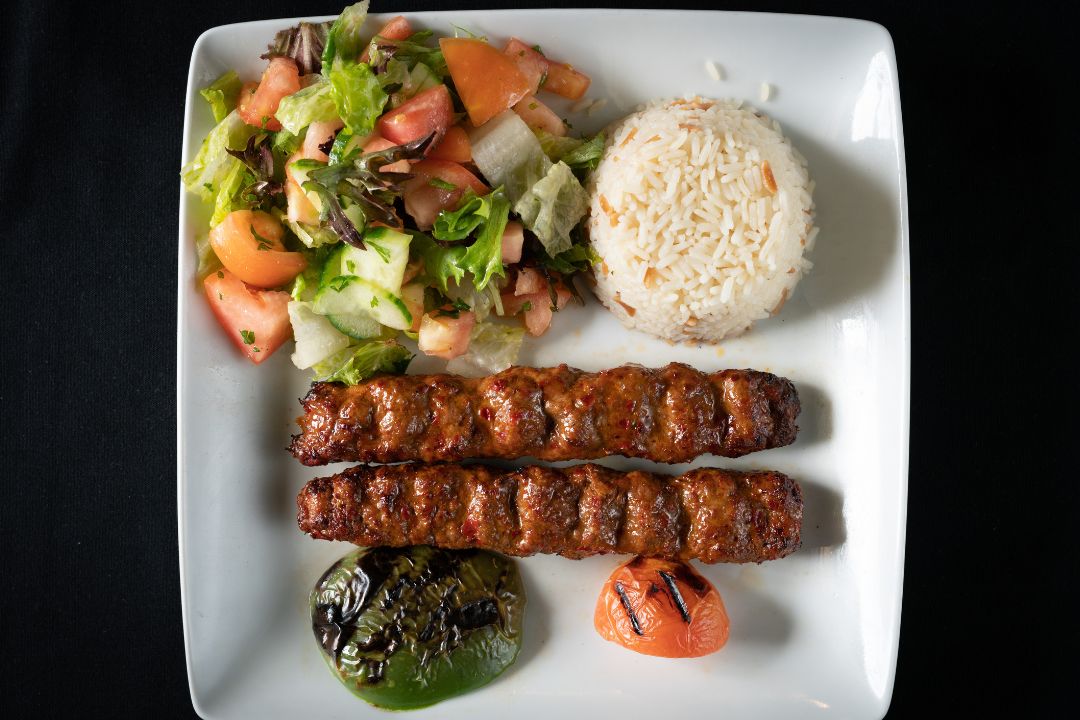Understanding Çeciir: A Unique Cultural Phenomenon 2025
Introduction
Çeciir is a term that has been woven into the fabric of various cultures, particularly in the regions where it has a rich history. It holds a special place in both traditional practices and modern interpretations, making it a fascinating subject to explore. In this article, we will delve into the essence of Çeciir, its origins, cultural significance, production process, and its role in contemporary society.
What is Çeciir?
Çeciir is often described as a traditional craft or art form, but its definition can vary depending on the context in which it is used. At its core, Çeciir is a unique form of craftsmanship that combines intricate techniques and cultural heritage. It can be found in various regions, often symbolizing a deep connection to the past while evolving with time.
The Origins of Çecir
Understanding Çeciir requires a look into its historical roots. Its origins trace back to ancient civilizations, where it was used in various forms, ranging from ceremonial artifacts to everyday objects. The craft evolved over centuries, with each generation adding its own interpretation and techniques.
Historical Context
The history of Çeciir is intertwined with the rise and fall of different empires and cultures. It began as a simple form of expression but grew into a highly sophisticated craft, often passed down through generations. Over time, it became a symbol of cultural identity and pride.
Early Uses of Çecir
In its early stages, Çeciir was primarily used in ceremonial settings. It was often seen as a symbol of status and wealth, with the finest pieces reserved for the elite. As the craft developed, its uses expanded to include everyday items, blending functionality with artistry.
The Cultural Significance of Çeciir
Çeciir holds immense cultural value in the regions where it is practiced. It is not merely an art form but a reflection of the community’s identity, history, and values. The significance of Çeciir transcends its aesthetic appeal, making it a key component of cultural heritage.
Çecir in Traditional Practices
In numerous cultures, Çeciir is not merely a craft but a fundamental part of life. It is frequently handed down through the generations, with each artisan infusing their unique flair into the tradition. This tradition helps preserve the history and values of a community, ensuring that future generations remain connected to their roots.
Modern Interpretations of Çecir
While Çeciir has deep traditional roots, it has also evolved in modern times. Contemporary artists and craftsmen have taken the essence of Çecir and reimagined it in new forms. These modern interpretations often blend traditional techniques with innovative approaches, making Çeciir relevant in today’s world.
The Process of Making Çecir
The process of creating Çeciir is as intricate as the art itself. It involves several stages, each requiring skill, patience, and attention to detail. From selecting the right materials to the final touches, every step plays a crucial role in bringing the craft to life.
Raw Materials Used in Çecir
The materials employed in Çeciir differ based on the region and the particular craft being made. Common materials include natural fibers, metals, and sometimes even organic dyes. The quality of the raw materials plays a significant role in the final product, as it impacts both the aesthetic and functional qualities of the craft.
Step-by-Step Process
Creating a piece of Çeciir typically follows a multi-step process. The first step is often the preparation of materials, followed by shaping and molding. Once the basic structure is formed, intricate detailing is added, often through techniques like embroidery, weaving, or metalwork. The final step involves finishing touches, such as polishing or dyeing, to enhance the overall appearance.
The Role of Çecir in Modern Society
In today’s world, Çeciir is not just a traditional craft but a vital part of cultural and economic life. Its role has expanded beyond the confines of history and tradition, finding its place in modern industries and artistic movements.
Economic Impact
Çeciir has a significant economic impact in the regions where it is practiced. It supports local economies by providing jobs for artisans and creating a market for handmade goods. The global demand for authentic, handcrafted items has helped elevate the status of Çecir, making it a valuable export for many countries.
Çecir in the Arts
Çeciir has also found its way into the world of fine arts. Contemporary artists incorporate elements of Çecir into their work, blending traditional craftsmanship with modern artistic expression. This fusion creates a unique aesthetic that appeals to both collectors and art enthusiasts.
Global Reach of Çecir
The influence of Çeciir has extended far beyond its place of origin. Today, it is recognized and appreciated worldwide, with international collaborations and exhibitions showcasing the craft to a global audience.
Popularity in Different Regions
While Çeciir has its roots in specific regions, its popularity has spread across borders. Artists and collectors from around the world are drawn to the unique craftsmanship and cultural significance of Çecir, making it a global phenomenon.
International Collaborations
Çeciir has become a symbol of cross-cultural exchange. International collaborations between artisans, designers, and artists have helped elevate the craft to new heights. These collaborations often result in innovative pieces that blend different cultural influences, showcasing the versatility and global appeal of Çecir.
Conclusion
Çeciir is much more than just a traditional craft—it is a living testament to the creativity, culture, and history of the regions where it thrives. Its intricate process, cultural significance, and global reach make it a fascinating subject to explore. Whether through traditional practices or modern interpretations, Çecir continues to evolve and inspire, leaving a lasting impact on both the arts and society.
FAQs
What is the origin of Çeciir? Çeciir originated in ancient civilizations, evolving over time to become an important cultural and artistic practice.
How is Çecir made? Çecir is made through a multi-step process that includes selecting raw materials, shaping, detailing, and finishing the piece.
What materials are used in Çecir? Common materials include natural fibers, metals, and organic dyes, depending on the specific type of Çecir being created.
Is Çecir still relevant today? Yes, Çecir has evolved and remains relevant today, with modern interpretations and applications in the arts and industry.
What is the global impact of Çecir? Çecir has gained international recognition, with collaborations and exhibitions showcasing its cultural significance and artistic value worldwide.







